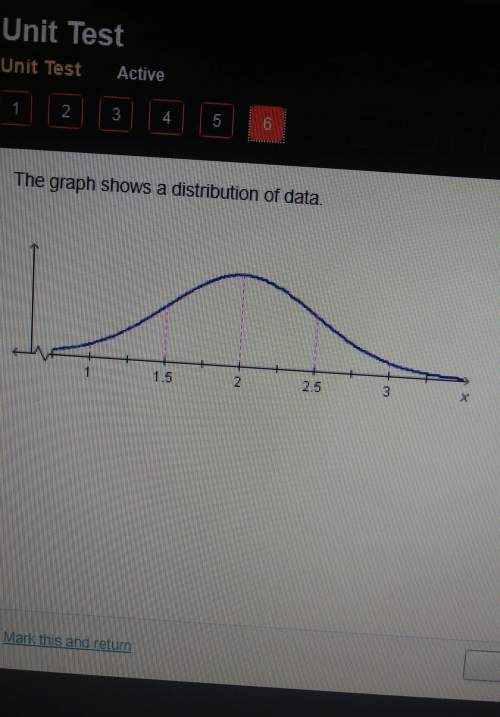
Mathematics, 15.12.2020 22:20 dessyrob05
A quadrilateral has vertices A(4, 5), B(7, 7), C(6, 8), and D(4, 7). The image of the quadrilateral has vertices A"(–6, 0), B"(–9, –2), C"(–8, –3), and D"(–6, –2).
Which transformations may have taken place?
A. T (-2, 5) r y=x
B. T(-2,5) R 0,180
C. r y=x T(–2, 5)
D. R 0,180 T(-2,5)

Answers: 3
Another question on Mathematics


Mathematics, 21.06.2019 19:30
If the ratio of sum of the first m and n terms of an ap is m2 : n2 , show that the ratio of its mth and nth terms is (2m − 1) : (2n − 1).
Answers: 3

Mathematics, 22.06.2019 01:00
Mia’s gross pay is 2953 her deductions total 724.15 what percent if her gross pay is take-home pay
Answers: 2

Mathematics, 22.06.2019 03:00
Which statement is true about the local minimum of the graphed function? over the interval[-4,-2], the local minimum is 0. over the interval [-2,-1] , the local minimum is 25. over the interval [-1,4], the local minimum is 0. over the interval [4,7], the local minimum is -7
Answers: 2
You know the right answer?
A quadrilateral has vertices A(4, 5), B(7, 7), C(6, 8), and D(4, 7). The image of the quadrilateral...
Questions


Mathematics, 21.01.2020 05:31


Social Studies, 21.01.2020 05:31


English, 21.01.2020 05:31


Mathematics, 21.01.2020 05:31



English, 21.01.2020 05:31

English, 21.01.2020 05:31



Mathematics, 21.01.2020 05:31

History, 21.01.2020 05:31

Social Studies, 21.01.2020 05:31

History, 21.01.2020 05:31

History, 21.01.2020 05:31




